
A crew has hoisted a platform to conduct an inspection and make repairs on a wind project. The stabilaization frame contacts the tower and positions the work area as needed.
A tool dropped from about 80m, the height of many wind turbine towers, takes four to five seconds to reach the ground. It’s just enough time to shout “look out below” before someone gets hurt. The simple physics highlights the problem of working at height. Things can happen fast, and so constant training becomes essential to protect life and property.
There is a lot to be done at height – especially on wind turbine blades, which spend their working hours slicing through rain, dirt, insects, and temperature extremes. A 60-m wind blade spinning at leisurely 12 rpm has tip speeds reaching 150 mph. Despite their hard composite nature, the leading edges eventually show wear that changes their aerodynamic properties to the point where power production significantly drops. Then someone has to get close enough to identify the damage or wear and plan a repair.
Wind Safety at 300 ft
Companies such as Upwind Solutions often get the call for repairs. “We employ almost 200 technicians and field engineers to maintain everything from the ground up in a turbine,” says the company’s business development manager Jon Doogan. “Crew skills range from the mechanical and electrical sides of the turbine to composites in the blades.”
To maintain wind turbine blades with sufficient care and technician safety, Doogan says he prefers his team works on a blade-access platform. The modular, 360° platform is easy to trailer by pickup truck and when partially preassembled off site, takes about an hour to set up and rig on site. He says the platform allows walking around the blade regardless of turbine or height. The platform also configures to smaller sections to conduct tower inspections and maintenance.
Aside from the platform, there are other ways of examining a wind turbine blade, such as rope access, in which a technician lowers himself in a sling to examine the blade in a controlled descent. Most teams maintain the skill, says Doogan. However, he recommends working from a suspended access platform because it is safer and more productive than hanging from a rope. And when compared to a crane and man-basket, the platform is more economical to the end user. Having to mobilize and maintain a huge crane on site would be expensive.
“Without a platform, it would be necessary for rope-access technicians to climb the tower and ride down the rope more often. So the time spent climbing the tower is generally lost and excessive when repairing spots. The platform, on the other hand, need not move because everything the technician needs is right there,” Doogan says.
“What’s more, the rope access technician can only go down, he cannot go up,” adds Upwind’s Jason Shelby. “When down, that technician would have to climb the tower again with needed tools and descend to the point of repair.”
Most time outside the wind turbine tower or nacelle is spent maintaining blades, composite structures with precise aerodynamic cross sections that are getting longer with each new turbine upgrade. Blades just short of 50m are more commonplace. However, expose anything to the weather and working speeds to 150 mph and it eventually needs maintenance. Doogan says most blade work centers on leading-edge erosion, wear that also throttles turbine production. Such erosion can trim 10% off a wind turbine’s capacity.
Doogan’s team has decided that the best way to work on wind turbine blades is from a suspended access platform that surrounds the blade and allows lifting and lowering crews as needed. “Most of our work involves blade cleaning, repair, and protection, and that calls for careful attention that only comes from a platform,” says Doogan.
The blade access platforms work so well that Doogan says the company owns six of them and stores them around wind country where they are most accessible. “Depending on the site, we can tow a disassembled platform on a trailer or ship them as well – whichever is most economical,” he says. The 360° platform can convert into two smaller platforms, giving technicians access to the complete blade perimeter when needed, or a smaller area as work demands.
While the platforms improve wind safety for workers at height, Doogan’s crew improves it with a rigging plan. He says UpWind assigns wind safety and quality coordinators to every project. These leads sign off on customized project safety and quality plans to ensure execution and accountability. The coordinators document and audit all safety and quality metrics associated with the projects.
Rigging plans tell the crew on site how they will put the platform together and start rigging it to the turbine. All turbines are rigged in a similar manner but each unit dictates how the platform will be secured and anchored.
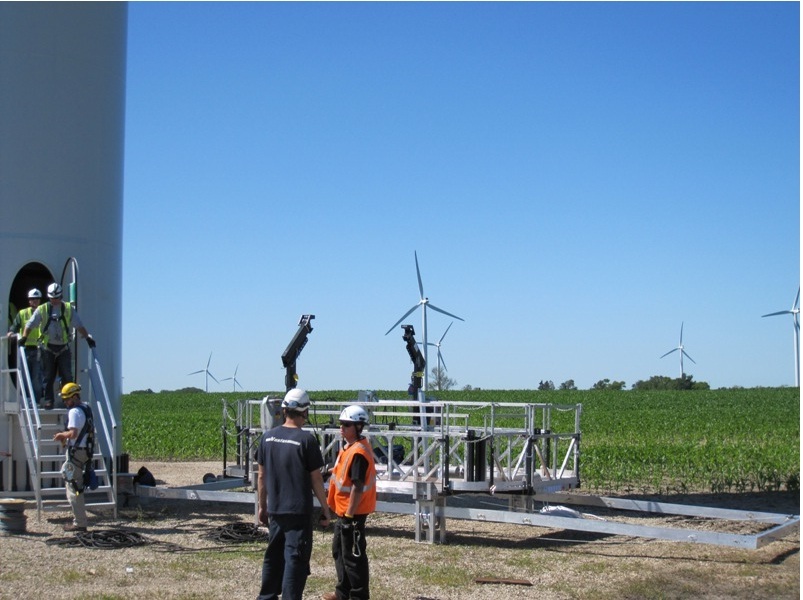
A maintenance crew has assembled a 360° platform and awaits a rigger in the nacelle to drop hoist lines. The black hoist arms on the platform guide the lift ropes away from the structure.
The work
A blade inspection with binoculars from ground level usually precedes work from the platform. Working from the ground is an efficient way to spot ailing blades, but there is room for error in such inspections. “It may be difficult to see things so a best inspection is done hands-on with a technician up close to the blade,” says Doogan.
Most asset owners are requesting end-of-warranty inspections, those made to a turbine just before the warranty expires. It’s now accepted as good practice to make sure the turbine is in good working condition and holding up to the manufacturers specs. If defects are uncovered during blade or gearbox inspections, the owner can make claims before leaving the warranty period. When the warranty expires, the turbine owner becomes responsible for all repairs.
A close inspection can measure each damage spot, document it with a picture, and put that and others into an inspection report for the client.
The tools
Blade repair often calls for tools such as grinders, heaters, fiberglass and resin, and consumables that go along with the materials. Properly mixing the resin with a catalyst and applying it to a blade requires a little work space, and making a quality repair always comes off better than when using other suspension methods. A heat gun to cure or ‘kick’ the resin also comes in handy when temperatures are on the cool side. The platforms include 120-V service which encourages small hand tools.
In addition to blade maintenance, Doogan says the company is asked to improve the performance of particular turbines. One promising device, the vortex generator, has received a lot of attention. The devices are small tabs or fins that attach to blade surfaces. They maintain a laminar air flow across a blade so it generates more lift. Without the generators, the air flow separates or leaves the surface due to turbulence reducing the low pressure or lift section of the blade. “We are examining the device because there is more interest in them as a performance enhancing product,” says Shelby.
Tapes and coatings
3M and other companies make films and tapes for blades. Leading-edge erosion is a big topic in the wind industry because once this important surface erodes, the blade loses its aerodynamics and turbine production drops off. “We are familiar with the leading-edge tape and other similar products,” Doogan says. One promising coating applies like paint with a roller, which is easier than laboriously applying tape. The polyurethane-based coating would be applied on a blade’s leading edge and along its length. Eventually, blade manufacturers are likely to apply these at the factory.
Training
Before even allowing new technicians on a wind farm, says Shelby, they must go through two weeks of company-sponsored training. This includes OSHA 10 and for RC NFPA 70 training for electrical devices. Composite (material) technicians get training to properly care for the blades, and all technicians receive fall-rescue training. “We have a training tower in-house, for our own wind safety training, conducted by a third party,” says Doogan. “To have the safest guys, we go to the experts.”
A technician’s skills dictate which training they’ll receive. For instance, blade technicians, who would use the access platform, learn its assembly, rigging, and teardown procedures. Shelby adds that all technicians receive refresher training annually for recertification in their specialty.
Once a year, about 35 field engineers head offsite to perform field service and wind safety-lead training where they earn a certification that designates them as wind Safety Leads. Every job is assigned a Safety Lead who signs off on the plans prior to deploying to the site. They also assemble the documentation for the day-to-day activities. In addition, a Quality Lead is assigned to every job that oversees safety as well.
But does all this effort pay off? Doogan thinks so. “Last year was a record business year, and recently we celebrated 1,000 days without a recordable injury or day lost to injury,” he says. He attributes this to the technicians. Each has over 3.5 years of experience on composites and about four years in field service. WPE
Filed Under: Safety, Towers


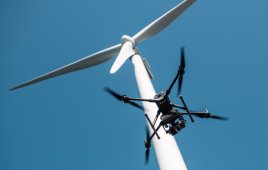
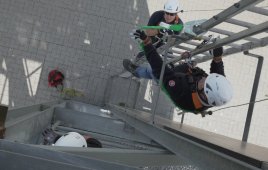
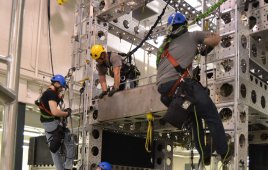
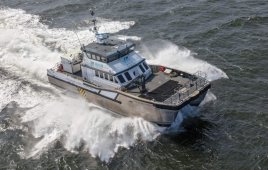
I have a few questions for someone i have a buddy that wants to find a job on maintenance on the wind turbines if i could get information about that for my buddy that would be awesome my email is fbiguy_89@hotmail.com thank you